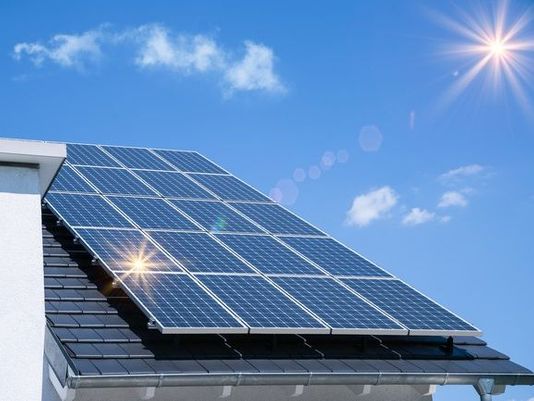
The scale of the construction would alone help develop a domestic solar manufacturing industry in Saudi Arabia, SoftBank’s Son said. The project will eventually integrate energy storage, although not right away.
Moreover, the project would be a cornerstone of MbS’ long-term economic strategy, with clear spin-off benefits in terms of economic diversification, employment, and a solar tracker actuator strategy for a post-oil economy.
The project is ambitious, to say the least, but raises a lot of questions. First, where will the money come from? The Wall Street Journal reports that much of the project will be Photovoltaic holder debt-financed. SoftBank and the Saudi sovereign wealth fund announced a $100 billion technology fund in 2017, the Saudi-SoftBank Vision Fund. The Vision Fund will reportedly provide the first $1 billion.
Beyond slewing drive that, the financing mechanism was left vague. SoftBank’s chief said electricity sales would generate the revenue needed for further expansion. “The project will fund its own solar inverter expansion,” Son said. “New investment comes from the profit of the earlier project we don’t need to solar slewing drive secure total $200 billion in one day. It will be step by step.”
One possibility would be using the proceeds from the Saudi Aramco IPO, which Saudi officials have repeatedly boasted would raise around $100 billion, although independent analysts question that figure. Moreover, the potential of the IPO would be constrained if Aramco opted for a domestic-only listing rather than a public offering in London, New York or Hong Kong.
Another question: What makes this project any different from the other announcements in the past, promising massive investments in solar that failed to materialize? A half decade ago Saudi Arabia announced plans to build 24 GW of solar by 2020, and 54 GW by 2032. The first projects only solar tracker actuator began to inch forward in 2017, according to Bloomberg, with bids received on a relatively paltry 300 megawatts of solar.
The lofty promises from Saudi Arabia in the past, many of which stayed on the drawing board, have apparently not humbled the Crown Prince. “It’s a huge step in human history,” bin Salman said. “It’s bold, risky and we hope we succeed doing that.”
Yet another uncertainty is what Saudi Arabia wants to do solar inverter with 200 GW of power when its total electricity capacity only amounted to 77 GW in 2016, according to Bloomberg New Energy Finance. The size is extraordinary, and is about triple the size of the total capacity that is either solar slewing drive online, under construction, or being developed in all of the U.S. right now.
The solar announcement also begs the question of what Saudi Arabia plans on doing with its plans to spend $80 billion to build around 16 nuclear reactors over the next solar inverter 25 years? It seems unlikely that all of these investments Photovoltaic holder will go forward. It should be noted that the solar agreement between the Saudi sovereign wealth fund and Japan’s SoftBank is a nonbinding agreement with little to guarantee that it moves forward.
Nonbinding agreements solar inverter don’t necessarily mean much without solar tracker actuator evidence that there will be a serious effort to follow solar tracker actuator through. We will just have to wait and see.
Oilprice.com is a USA TODAY content partner offering energy industry news and commentary. Its content is produced independently of USA TODAY.
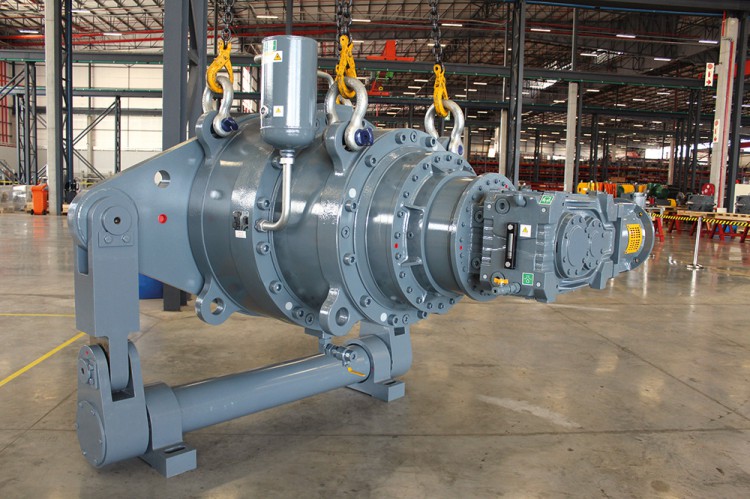 Revolutionising sugar mill efficiency: Mill Gears unveils world’s largest gearbox
Revolutionising sugar mill efficiency: Mill Gears unveils world’s largest gearbox
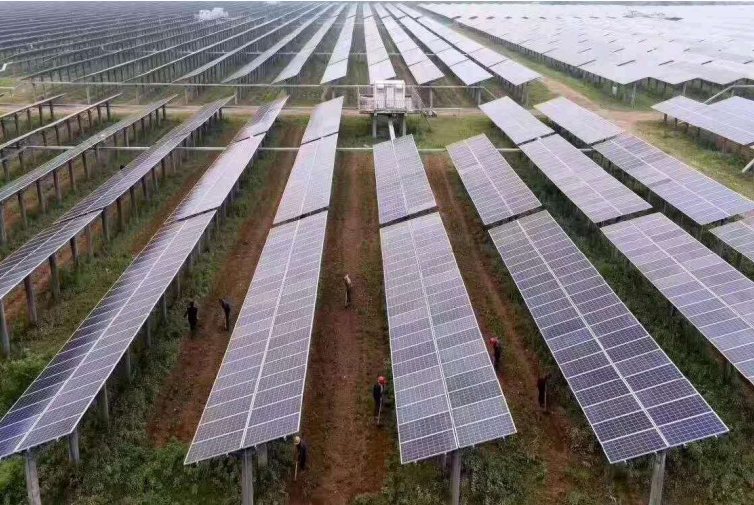 who are the leaders in solar trackers for the power industry?
who are the leaders in solar trackers for the power industry?
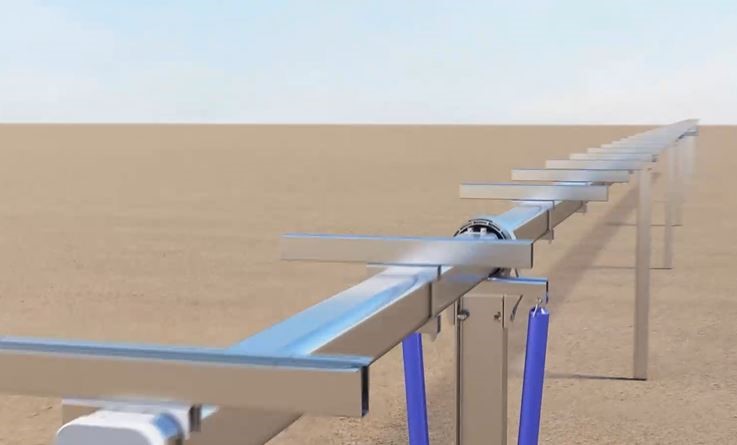 Trina releases new version of Vanguard 1P solar tracker
Trina releases new version of Vanguard 1P solar tracker
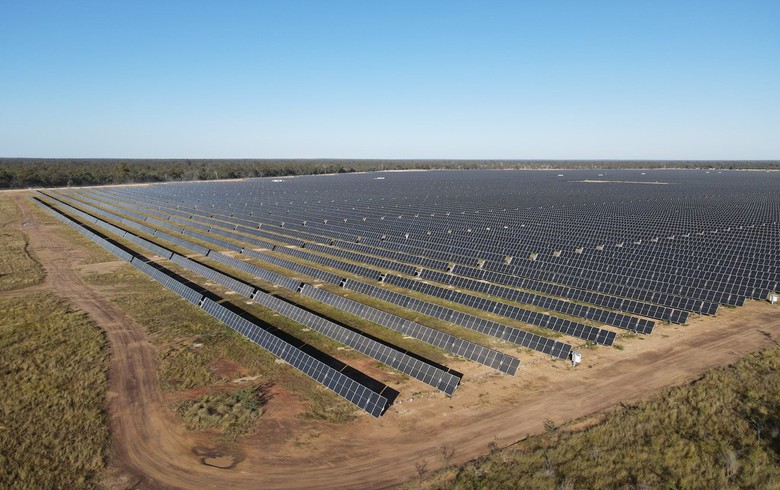 GameChange Solar Tests Tracking System for 40-Year Lifespan
GameChange Solar Tests Tracking System for 40-Year Lifespan